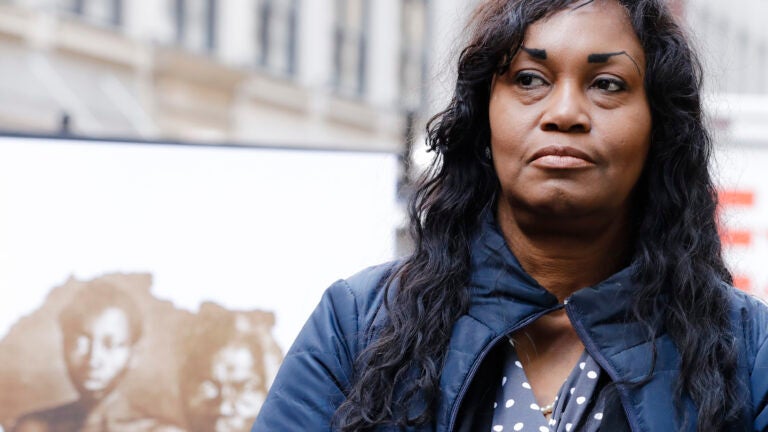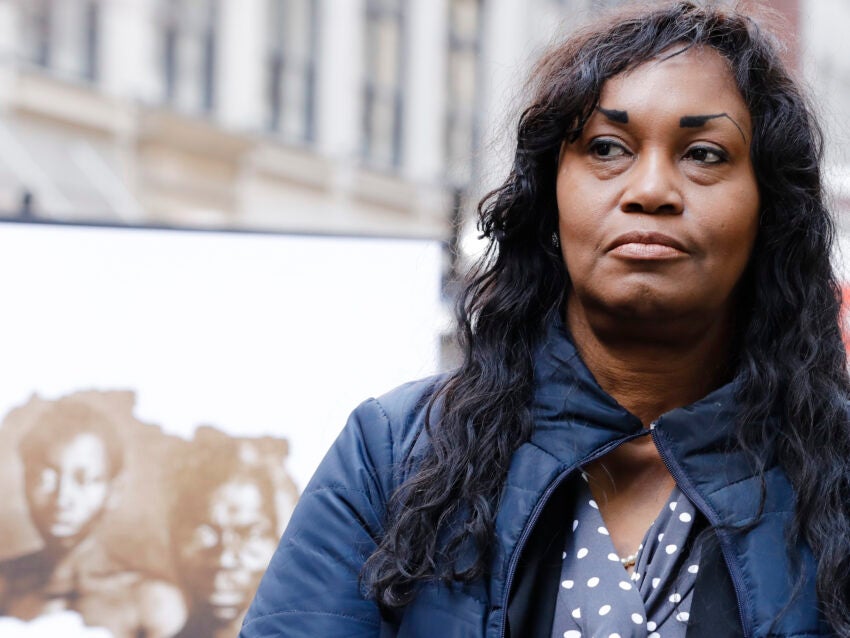Harvard University Concedes Ownership of 19th-Century Enslaved People’s Photographs After Decades-Long Legal Battle

By LEAH WILLINGHAM, Associated Press
Approximately 3 minutes read
In a landmark resolution, Harvard University has agreed to transfer ownership of a collection of 175-year-old photographs believed to be among the earliest images of enslaved individuals. These photographs will be donated to the International African American Museum in South Carolina, a site historically linked to the enslaved people depicted in the images, as part of a legal settlement with Tamara Lanier, a descendant of the individuals photographed.
The images, which include photographs of Lanier’s great-great-grandfather Renty-whom she affectionately refers to as “Papa Renty”-and his daughter Delia, will be moved from Harvard’s Peabody Museum of Archaeology and Ethnology to the museum in Charleston. The photographs were taken in 1850, during a period when slavery was still prevalent in the United States, and their transfer signifies a significant step toward rectifying historical injustices.
This agreement concludes a protracted 15-year legal dispute between Lanier and Harvard, centered on the ownership and ethical considerations surrounding these early daguerreotypes-an early form of photography predating modern cameras. Lanier’s attorney, Joshua Koskoff, described the outcome as a historic victory for descendants of enslaved people, emphasizing the importance of reclaiming their ancestors’ stories.
Koskoff highlighted the uniqueness of the case, noting that it is unprecedented in American history to have a legal battle spanning over a century and a half involving such ancient photographs of enslaved individuals. “This is a milestone in the ongoing fight for justice and recognition,” he stated in an interview.
Historical Context and Legal Proceedings
Lanier, based in Connecticut, initiated legal action in 2019, accusing Harvard of wrongful possession and exploitation of the photographs. Her lawsuit challenged Harvard’s use of the images for commercial purposes, including licensing fees, and criticized the university’s role in perpetuating the legacy of racial discrimination. The photographs were originally commissioned by Louis Agassiz, a Harvard biologist known for his racist theories that justified slavery and racial hierarchy.
Agassiz, who believed in racial superiority, encountered Renty and Delia while touring plantations, aiming to document what he considered racially “pure” slaves. The photographs depict the individuals shirtless, posed from multiple angles, and were intended as scientific specimens rather than human beings. The lawsuit argued that these images dehumanized Renty and Delia, reducing them to objects for scientific study and racial classification.
In 2022, the Massachusetts Supreme Judicial Court upheld Lanier’s claims, affirming Harvard’s complicity in the unethical and racist practices associated with the daguerreotypes. The court emphasized that Harvard’s responsibilities cannot be separated from its historical involvement in slavery and racial oppression.
Repatriation and the Significance of the Transfer
Harvard’s decision to relinquish the photographs marks a pivotal moment in acknowledging historical wrongs. Dr. Tonya M. Matthews, CEO of the International African American Museum, described the move as “a moment 175 years in the making,” praising Lanier’s resilience and dedication throughout the legal process.
The museum in South Carolina has committed to collaborating with Lanier, ensuring her voice influences how the photographs and their stories are presented. This approach aims to honor the individuals depicted and provide a platform for their descendants to tell their own histories, rather than having their stories told solely through the lens of academic or institutional narratives.
Koskoff emphasized that the true value of this resolution lies in allowing Renty and Delia’s descendants to control their family’s story. “It’s about giving them the dignity to narrate their own history,” he said. “This settlement is a testament to the fundamental right of every family to reclaim their narrative.”
Lanier’s lawsuit also sought acknowledgment of Harvard’s role in slavery, recognition of her family’s history, and compensation for the injustices endured. While the financial terms of the settlement remain undisclosed, Koskoff noted that Harvard has yet to publicly address its historical involvement or apologize for its past actions.
“Harvard’s silence on this matter remains telling,” Koskoff remarked. “But the truth has a way of surfacing, and history will remember those who seek justice.”
Looking Forward: Justice and Reconciliation
This case underscores the ongoing importance of confronting historical injustices and restoring dignity to those affected. The transfer of these photographs symbolizes more than just repatriation; it represents a step toward healing and acknowledgment of a painful past.
As institutions reckon with their histories, stories like Lanier’s serve as powerful reminders of the need for accountability and the importance of giving voice to marginalized communities. The journey toward justice continues, but this resolution marks a significant milestone in that ongoing effort.
Stay Informed with the Latest Updates
Follow us for breaking news and in-depth coverage of stories shaping our history and society.

